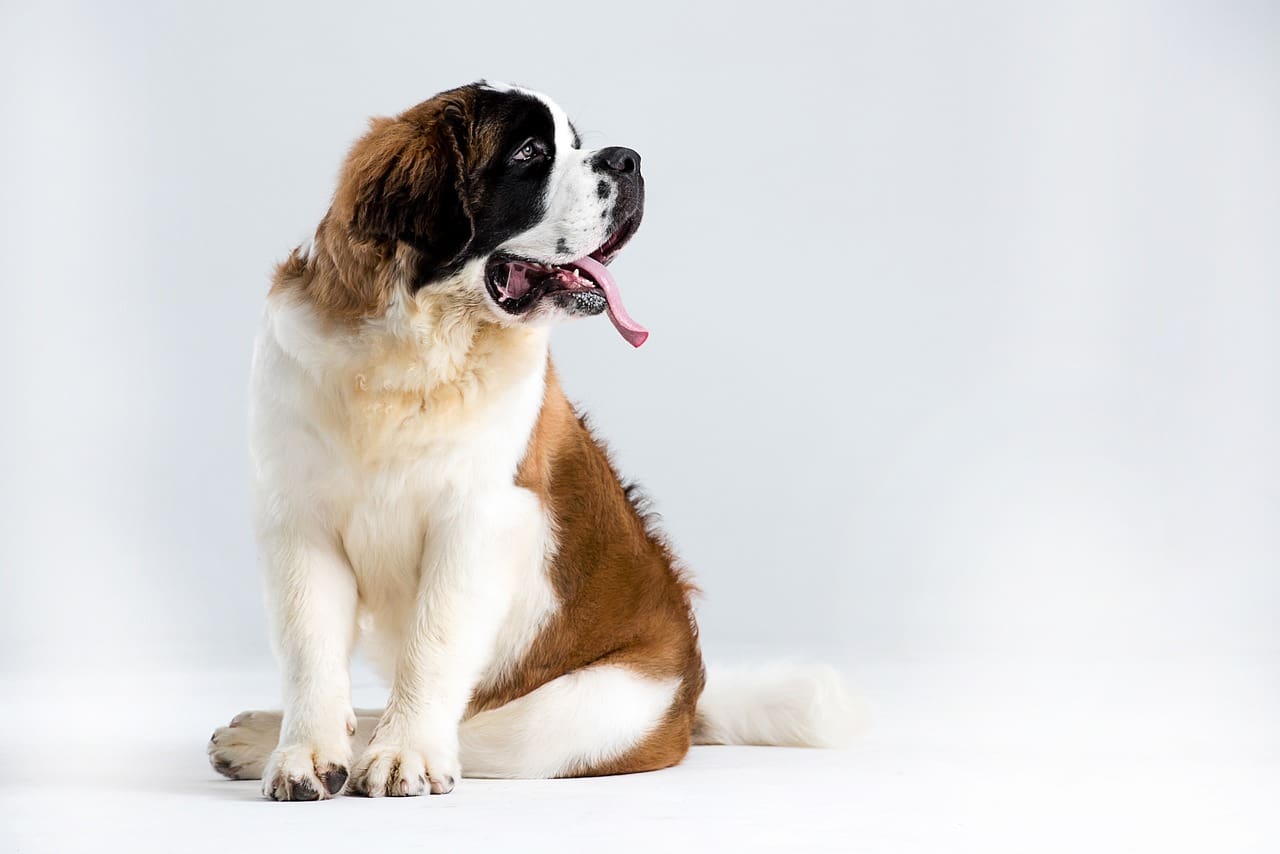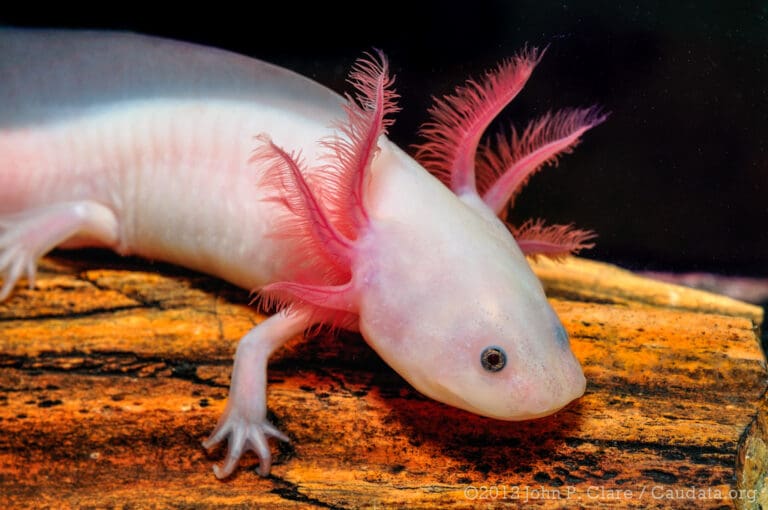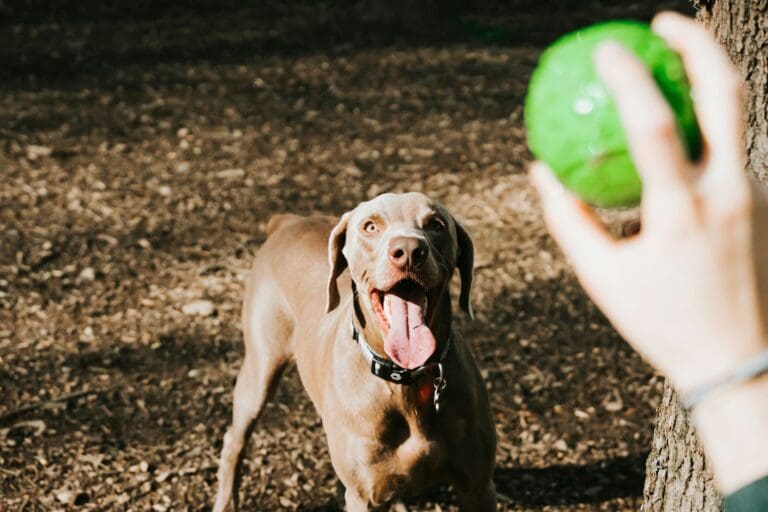These noble, gentle giants are famous for tales of their rescues in the Swiss Alps. These loving dogs are great with kids and make excellent family pets. Here are 10 fun and interesting facts about Saint Bernards.
10. Saint Bernards Were the First Rescue Dogs
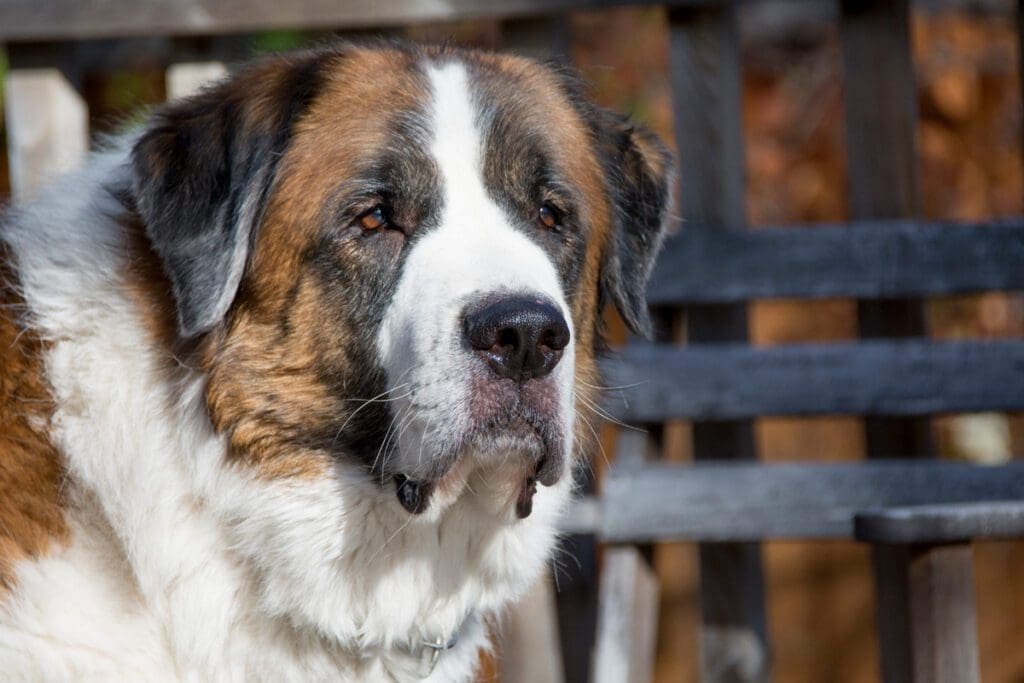
Saint Bernards have become recognized worldwide through tales of their Alpine rescues. The dogs are noteworthy for their strength, size, and gentle temperament. Saint Bernards were first used as rescue dogs in 1660 in the West Alps to find and save lost and injured travelers along the Great Saint Bernard Mountain Pass.
9. Monks Got Saint Bernards Working in the Swiss Alps

At a hospice, built by and named after the Alpine monk Saint Bernard of Menthon, monks originally bred Saint Bernards for rescue work. The hospice lies in the Great St Bernard Pass on the Italian-Swiss border. The dogs were acquired between 1660-1672 to work in treacherous conditions filled with dozens of feet of snow, where temperatures could drop to -22°F.
8. Saint Bernards Originated from Molossers
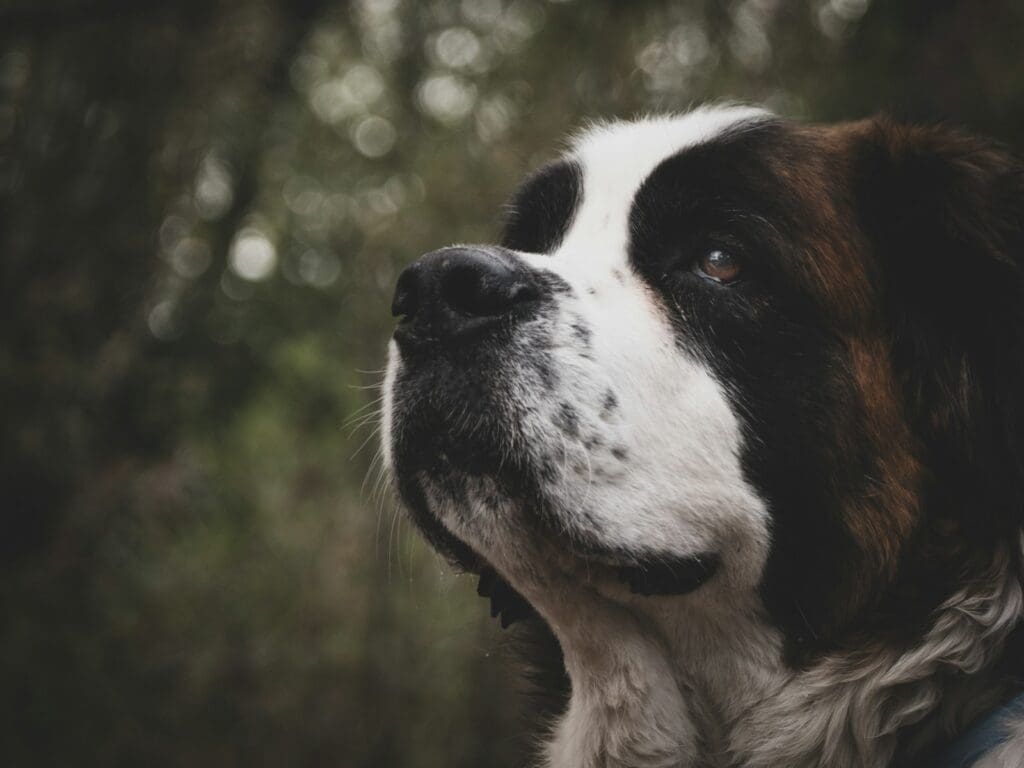
Saint Bernards are internationally recognized today as one of the Molosser breeds. Molossian Hounds were kept by the ancient Greek tribe and kingdom of the Molossians. They inhabited the region of Epirus, between the Pindus mountains and the Ionian Sea, now shared by Greece and Albania. Some believe all mastiff-type dogs are descended from the Molossus.
7. The Legend of Barry the Saint Bernard
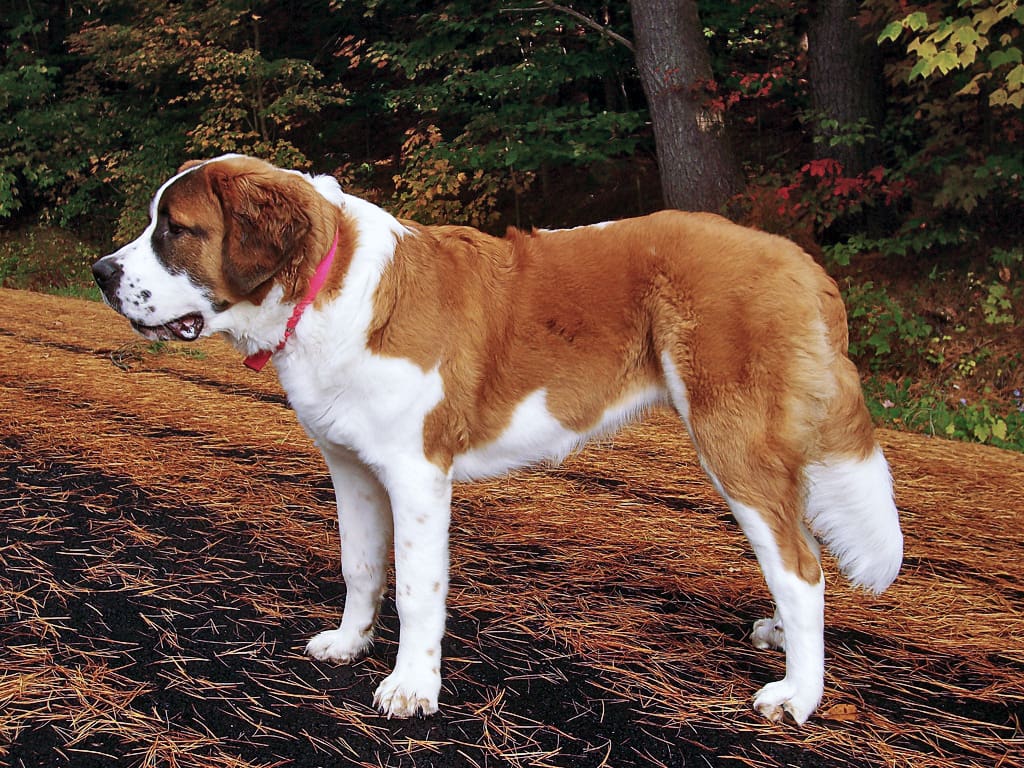
Perhaps the most famous of the rescue dogs that worked the Great St. Bernard Pass is a Saint Bernard named Barry (sometimes spelled Berry). According to legend, Barry saved somewhere between 40 and 100 lives. A monument to Barry is located in the Cimetière des Chiens. His body was preserved in the Natural History Museum in Bern, Switzerland.
6. Monks Tried to Breed “Winterized” Saint Bernards
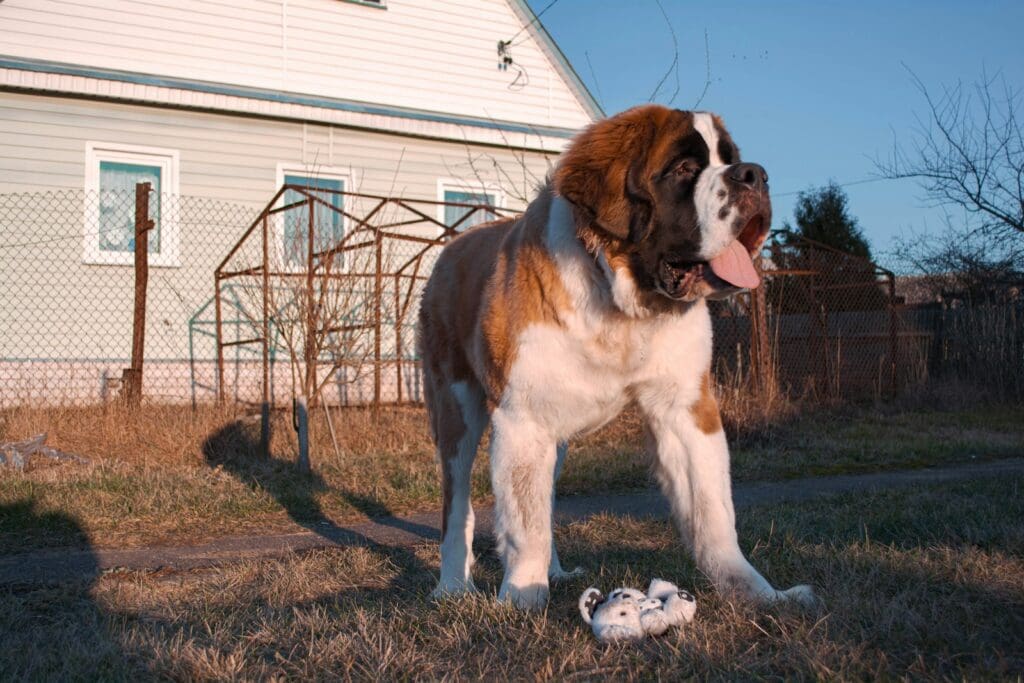
Some monks attempted to create a hybrid breed that could handle harsh winters even better. They crossbred a Saint Bernard with the long-haired Newfoundland, hoping to create a dog with a thicker winter coat. The plan backfired, the longer fur captured snow and ice and weighed the dogs down. Because of this, today, there are long-haired and short-haired Saint Bernards.
5. The Myth of Saint Bernards’ Barrel Collars
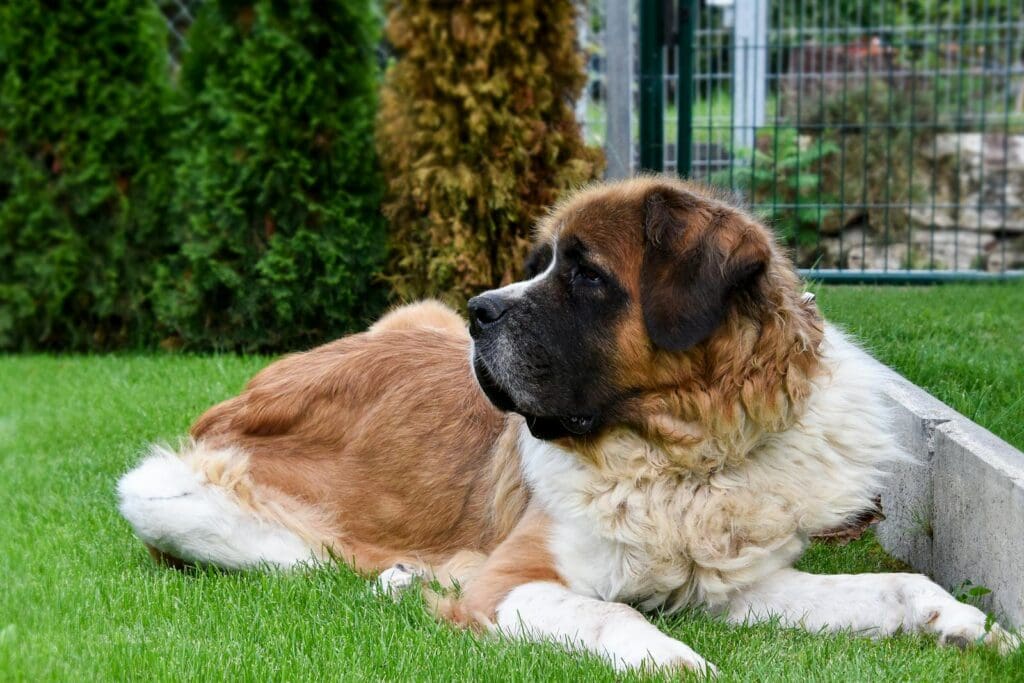
Everyone’s seen the clichéd image of a St. Bernard with a tiny barrel at the front of its collar, filled with brandy to warm up a cold traveler. Unfortunately, this myth arose from a painting by Edwin Landseer in 1920s England. What is true is that Saint Bernards did carry packs filled with food and water.
4. Don’t Over-Bathe a Saint Bernard
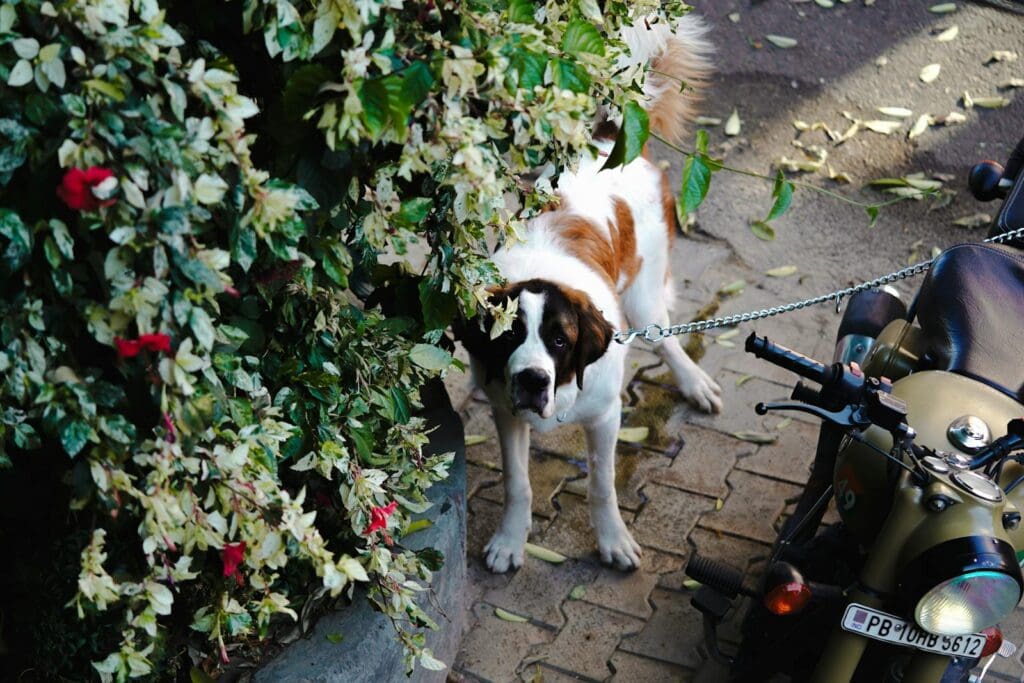
An occasional bath is all a St. Bernard requires. The breed has an oily, water-resistant coat. This originally warded off snow and ice when they resided in the mountains. If you over-wash a St. Bernard, the soap will strip away necessary oils the dogs need in their fur. Weekly brushing is enough to remove dirt and loose hair.
3. Saint Bernards Are Great With Kids

St. Bernards are gentle giants. They’re calm, patient, affectionate with family, and good with young children. Their easy-going temperament makes them great rescue dogs and excellent family pets. These intelligent dogs are easy to train. Just start when they are young so they are still small and easier to control without you getting bowled over.
Read More: Ten Incredible Pet Rescue Stories
2. Saint Bernards Grow Super Fast
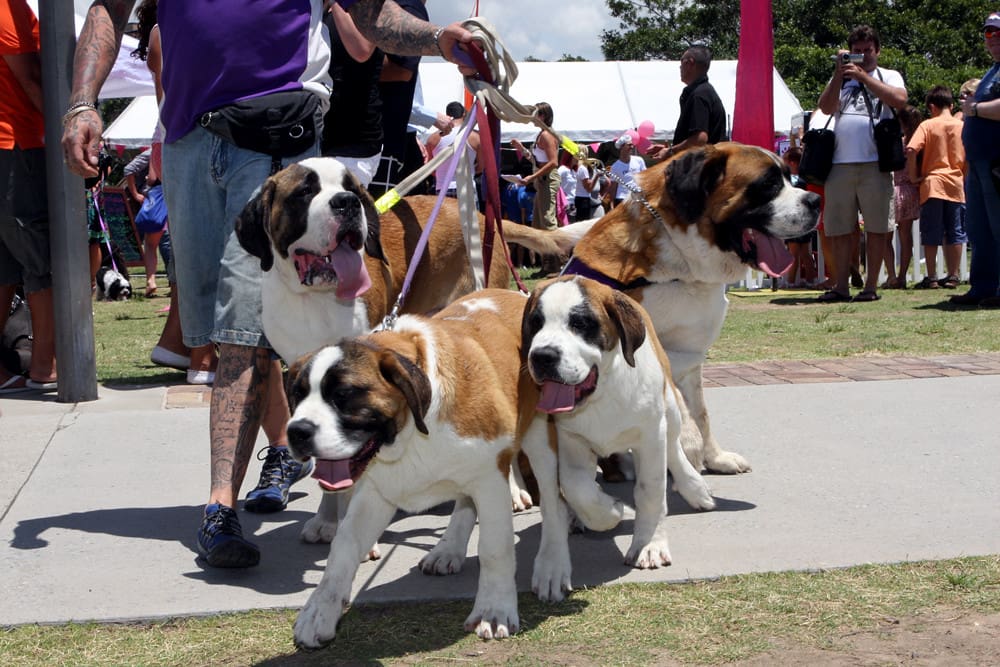
Saint Bernards only weigh 1 1/2 pounds at birth. They can take as long as three years to reach full size of up to 180 pounds and stand up to 30 inches tall. However, most growth happens in the first year. They can reach 40 pounds in 3 months. From there, they’ll put on 3 to 5 pounds a week.
Read More: 10 Best Movies for Dog Lovers
1. Saint Bernards Are Heavy Droolers
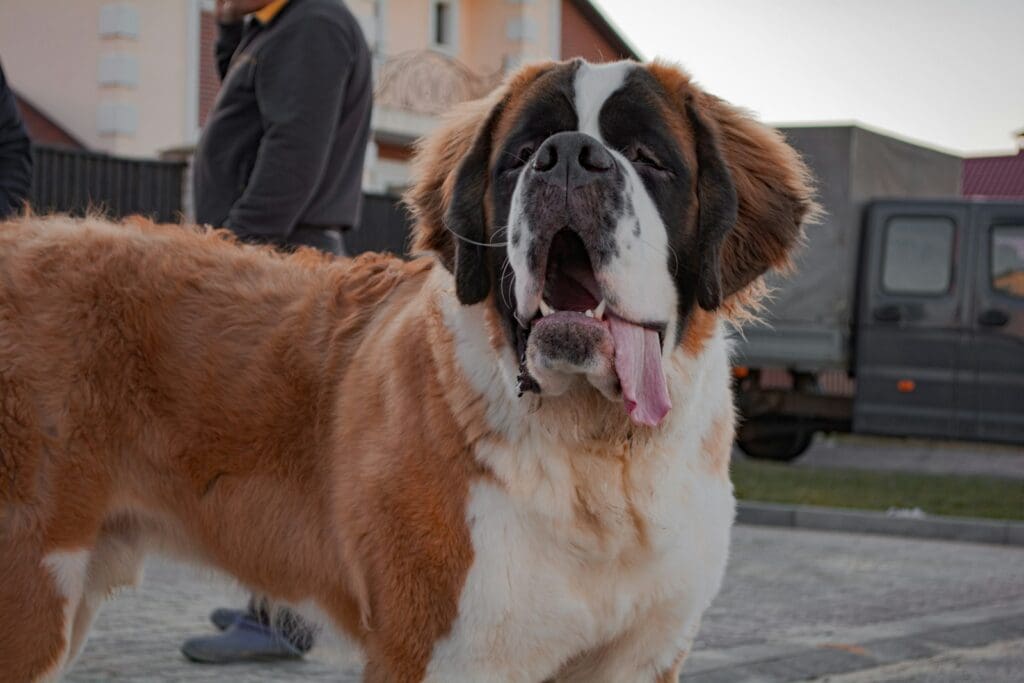
You’d better keep a towel handy with a St. Bernard because they are one of the biggest droolers of all dog breeds. This happens because of the unusual shape of their head and jaw, which makes their lips and loose skin hang. When they’re excited, overheated, or hungry, it gets worse. Keep them cool and prepare food out of sight.
Read More: The Ten Largest Dog Breeds Known to Man

